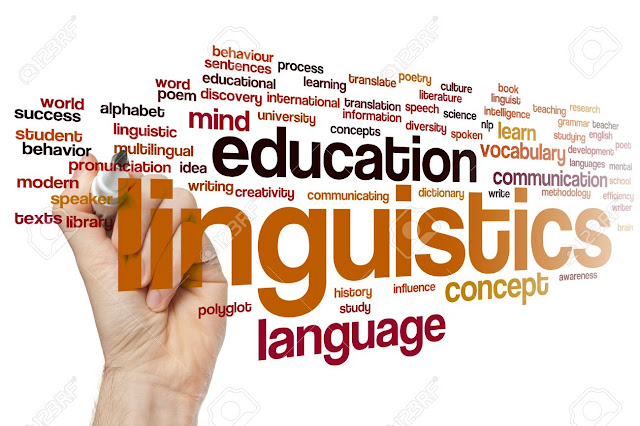Semantics is a subfield of linguistics. It is defined as the study of meaning of words, phrases, and sentences in language. But wait! Meaning? What do you mean by “meaning”?
Thank you for reading this post, don't forget to subscribe!I mean that we have to first define what “meaning” is.
First, Let’s have a look at these sentences and pay attention to what the word “meaning” refers to:
1. What is the meaning of “life”? : dictionary definition
2. What is the meaning of life? Express opinion
3. I did not mean to hurt you. Want/mean
4. He never says what he means. Think
5. Life without faith has no meaning. Value/sense
6. It was John I mean not Hurry. Reference
Based on the sentences provided above, you can notice that the word “meaning” can be expressed differently. In general, any word can have connotation, denotation, abstract meaning, or reference meaning. Let’s see each one:
Connotation:
A connotation is the feeling a word invokes. It is an indirect or implied meaning of words, phrases, or sentences. In general, connotation can take two forms: positive and negative associations that most words naturally carry with them.
For example: For people who live in cold regions, the word ‘summer’ has a positive connotation that expresses ‘travel’, ‘hot weather’ and ‘free time’. On the other hand, people who live in very hot regions, the word “summer” has a negative connotation.
- Denotation
Denotation is the literal meaning of the word. It is precise and that might be found in a dictionary. It can refer to a gesture, or a mark, without emotion. For instance, if you look up the word tiger in a dictionary (Online Collins dictionary), there is one denotative meanings ” a tiger is a large fierce animal belonging to the cat family. Tigers are orange with black stripes. “
- Reference: (abstract or substance)
It is the word that has real and concrete reference in life (tangible). You can use 5 senses to check it. For instance, the word “table “has a reference and existence in real world.
- Abstract
Abstract words are the words that do not have any actual reference or concert existence. Like ‘love’, ‘unicorn’, ‘hell’
When talking about semantics, linguists strive to come up with rules that bring out the relationship between ‘form’ and ‘meaning’ even though it is seems hard due to the complexity of their nature.
While dealing with semantics it is interesting to refer to sense relations:
1. Polysemy
Polysemy is when a word (same form) has more than one meaning depending on the context.
Ex: The word bank can refer to:
A. financial institution
B. he banks of a river, canal, or lake are the raised areas of ground along its edge.
C. ‘rely upon’
2. Synonymy
Synonymy words are words that have different forms (different in pronunciation) but refer to the same meaning.
Ex: couch= sofa.
3. Antonymy
Antonymy means that two words are opposite in meaning.
Ex: Short and tall
4. Hyponymy
Hyponym refers to a group of related words in which the meaning of each one is included in that of a general class. For example, Red, white, yellow, blue are all hyponyms of “color”
There are other sense relations such as: homonymy, homograph, heteronym, metonym, and retonym
If you think these tips are useful, please “SHARE AND CARE”






